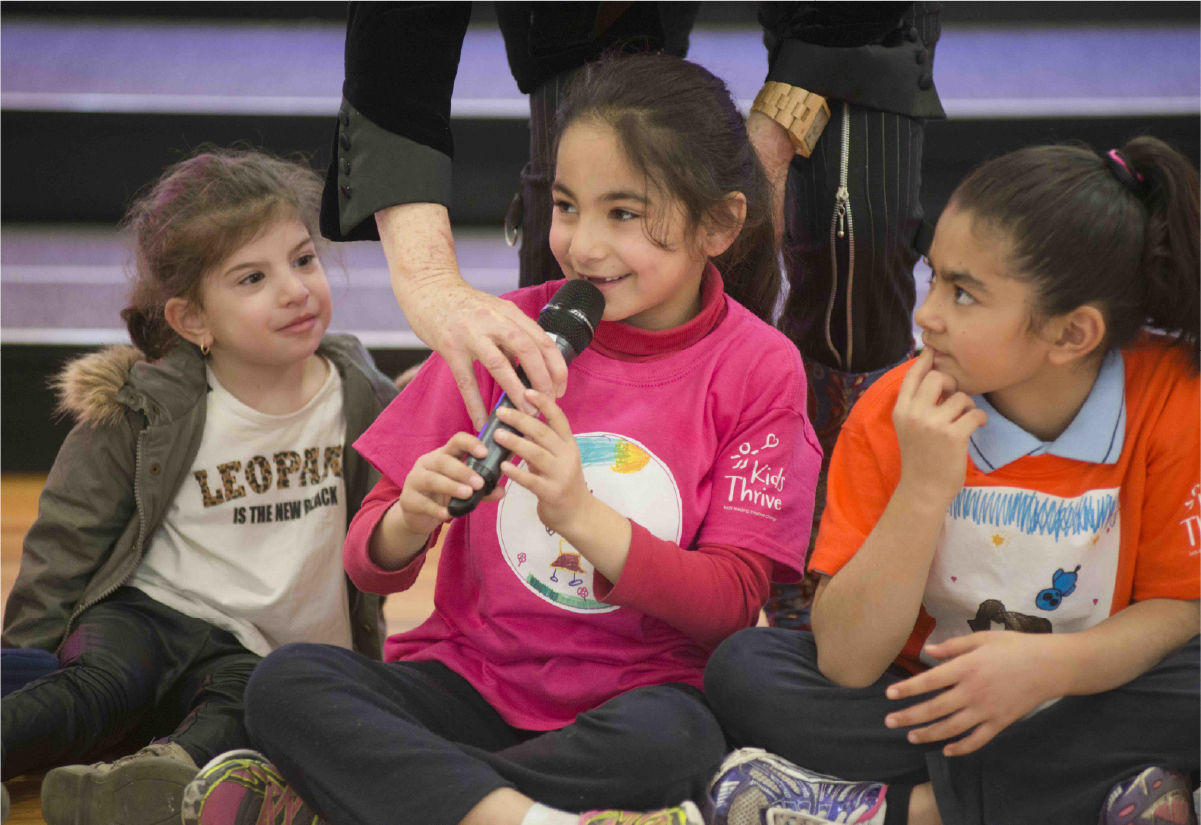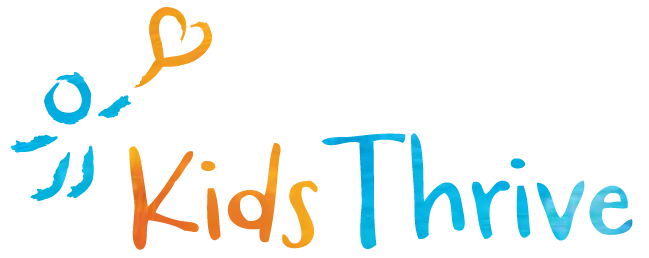

Here we outline some overarching thoughts based about the role of children and the arts in delivering profound, nuance and informed community consultancy, based on Kids Thrive’s 10 year experience engaging children in creative, consultative processes and projects.
Overview
Too often local councils separate creativity from key community health approaches and outcomes, overlooking the profound opportunity creative approaches offer to council agendas and community action.
Participating in creativity in and of itself is excellent for building personal and community health and wellbeing. However creativity can be THE most powerful platform to engage children and community in tackling the big issues impacting us all – poverty, environment, racism, gender equity, access.. the list goes on. If we aim to engage children in creativity – let this also deliver positive outcomes for local communities, and decision-making across the board.
If you ask a group of children or young people, ‘What do you want in your community?’ an outcome we frequently hear is ‘a new ‘skate park.’ Adults are acting on good faith that this is what young people want. But what the community gets is a gendered community development outcome. Do girls use skate parks? Did anyone ask them if that’s what they wanted? Was a process put in place to ensure their equal participation in the consultancy? And the same can be said of ensuring that a cultural lens, a disability lens, a poverty lens.. is used within our consultative processes.
What would happen if, instead, we asked children, ‘Who can you partner with to make things better for everyone in our community?’
Kids Thrive recommends that children and young people have the opportunity to participate in a facilitated community development and change-making process BEFORE being invited to participate on funding or community decision-making panels.
Like any group of people, children and young people will draw primarily on their personal experience when asked to make decisions for their community. A child is an expert on being a child. However, a child is only an expert on being that child – and may not have the broader experience to understand or speak on behalf of other children.
If children can first participate in projects ‘on the ground’ – getting their hands ‘dirty’ as community artists or change makers – they will then bring significant life experience to help inform community decision-making.
Community foundations are increasingly using this participatory model in partnership with Kids Thrive for children aged 10-17 to take part in direct action and lay the foundations for broader civic participation, including as members of funding and community panels.
When children and young people are asked to sit on panels, it is important to ensure key adults who bring community and/or subject matter expertise are also panel participants, with all votes considered equally.
Kids Thrive has spent 10 years co-designing child-led consultancy processes with children and children’s specialists. Many of our approaches have emerged from watching local and state governments running public-square consults with young people that disproportionately advantaged private school students and confident leaders. This style of ‘put your hand up to participate’ consultation repeatedly squanders the opportunity for rich engagement, when we garner a broad cross-section of cultural, economic, gendered, and abled voices.
There is great power in collaborating with children over time, and in places where they are safe –schools, kindergartens, libraries – alongside the adults with whom they have trusted relationships. And even greater power in using creativity as a key consultation process, building children’s skills and confidence to participate in community consultation and facilitation.
Engaging local Councils, government departments and larger organisations
Include the Council CEO, Councillors and Department Heads as ‘champions’:
Introducing new ideas requires the involvement of a ‘local champion’ – a role whose job it is to bring others on the journey, and to ensure continuous forward momentum. But it is important that this role is appointed from high up the ‘food chain’. Without this high-level engagement council staff can work hard but go nowhere. The organisation may benefit from a diagram of what a successful eco-system looks like if it is to achieve its mandated goals. If a champion is selected lower down the chain they need to be given high-level support to deliver, and to act quickly in response.
Employ Creative Community Facilitators
We advocate strongly for the instigation of a key role within councils, government departments and larger organisations – the Creative Community Facilitator. This would see the ongoing employment of a local Community Cultural Development Facilitator within the community development, families and social justice team. Their role is to develop and action creative approaches to engaging children and families in age-appropriate programs, and to support ‘consultations’ using creative play, visual arts, drama games etc. Creative approaches are needed to achieve many of the outcomes local councils, governments and NFP’s are mandated to deliver, and a list of questions for children will rarely achieve the depth of consultation you are seeking.
A key solution is for councils is to employ a Creative Community Facilitator as a key role in their Community Engagement team. The aim of this role is to engage kids and community members in creative processes in order to educate, develop ideas, provide an opportunity for input on community concerns, and co-design creative projects to address key issues.
Without this key role embedded in local councils then creativity continues as an expendable, ‘nice to have’ (if we know how) – rather than as the profound community development tool it can be.
Focus
1. Internal focus – every decision comes with two questions:
a. How will this impact children?
b. How can we support creative solutions?
This will ensure that all council departments are driving /honouring the Creative Child-led Change.
2. External focus – ensuring children’s engagement and creative approaches are embedded across council programs, projects, external agencies and funding.
Audit Tools
Develop a kit to frame a consistent process of checking decisions through multiple lenses.
Use visual tools rather than written lists because creative approaches can evoke curiosity and/or willingness to change, and provide a replicable process. See Leeds City Council, Children and Young People Plan
Decision-Making
Create a ‘child-friendly community decision-making lens’
e.g. ‘How will this bench by Park and Gardens impact/be used by children?’
Children can contribute to every conversation within council, influencing the way councils think about and take action on designing tools and processes to be child friendly. When something is child-friendly it is also friendly to all other community members. The example given by child-friendly cities is that the slowing down of pedestrian crossing times for young children provided benefit to everyone. Using the ‘child-friendly filter’, everyone benefits – a strong sell to whole of council.
Simple questions to support decision making
What is it like to be a child/young person in our community and how can we make it better together?
How will this decision impact children?
How can a creative approach and a creative problem solving process benefit this situation?
Quick wins need to be for the Community as well as you
To get a community excited about ‘engaging’ they need to experience a consistent series of small wins. Community members, including children, need to see outcomes from consultations in quick turnaround to drive momentum. When each idea leads to another, community members build trust in the process, and excitement builds about the outcomes. Communities can be rightly cynical about council and government consultations as it often takes a long time to see outcomes, and action can frequently be delayed or stymied by bureaucracy.
The Leeds (UK) Council – Children and Youth team state emphatically that any robust change model must fit on one page so EVERYONE can see it and action it at a glance. Longer documents die and are rarely implemented. Leeds is the leading UK city enacting child-friendly approaches at all levels of govt. Check online for further info:
https://www.leeds.gov.uk/childfriendlyleeds
Timelines and Accountability
Each stage of this process needs a set or suggested timeline – eg. a Quick Win – recommended turn around XXX weeks from initial conversations to community feedback of the result.
Once the visioning process has been undertaken and the project plan developed – milestones have to be set and met. An accountability feedback loop must be developed for participating children as the process develops. Consultation without an action plan, accountability or feedback is disrespectful of children and wastes their time and that of their critical adults. Listening to people and taking no action is NOT community consultation.
MOST IMPORTANTLY:
Creativity can and should be used as a powerful platform across ALL council areas
Children can and should be contributing to decision-making across ALL council areas
This cannot be emphasised to councils enough – and a supported process will ensure this.
KIDS THRIVE CONSULTATION
Kids Thrive can offer training to local councils and government departments on creative, child-friendly approaches to consultation and collaboration with children. This is a nuanced process, able to be done brilliantly – empowering children, community and staff; or done less than brilliantly – disempowering children, and undermining trust in local council and government. These processes and nuances are best learnt on the ground, rather than through printed word.
Additional Reference Link: Embracing opportunities for children to inform creative programs.
Promoting Everyday Creativity at a local level – VicHealth Local Government Partnerships
Kids Thrive with Regional Arts Victoria

